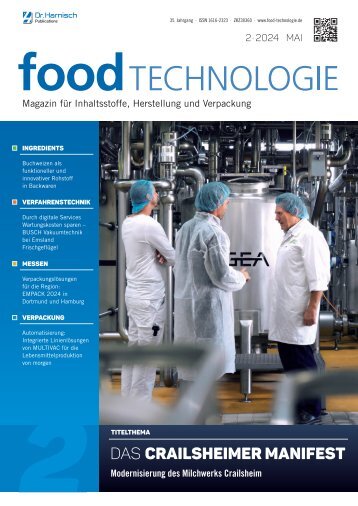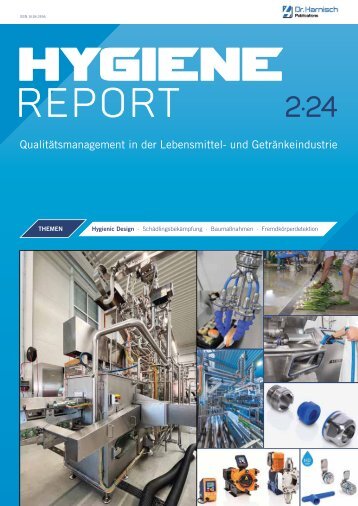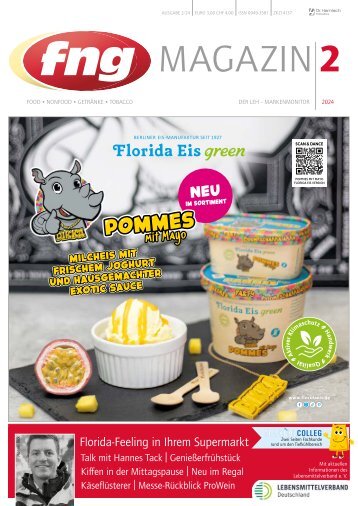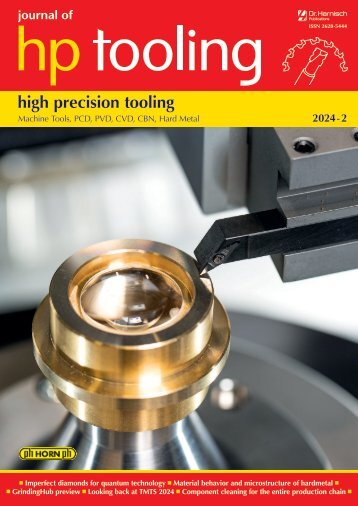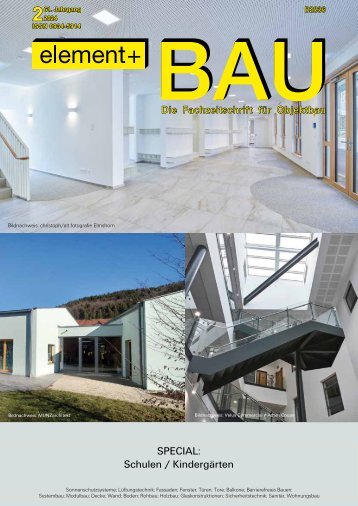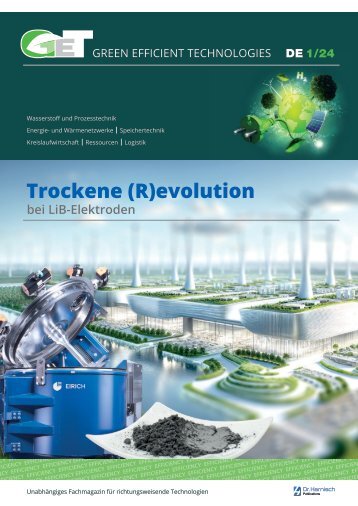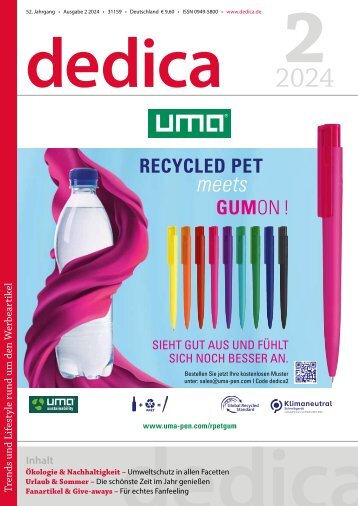GET – GREEN EFFICIENT TECHNOLOGIES EN 1/23
- Text
- Efficiency
- Hydrogen
- Pumps
- Technologies
- Efficient
- Solutions
- Materials
- Operating
- Sealing
- Applications
- Harnisch.com
Decarbonisation Supply
Decarbonisation Supply traffic Fig. 4: Gearbox with dog clutch for wheel-selective drive Hüffermann is developing a lightweight, steerable nose wheel (dolly) with a load capacity of at least 15 tons and a permit for speeds of up to 80 km/h (see Fig. 3) for autonomous maneuvering at full load. The dolly is connected to the trailer control unit by an automatic coupling system enabling it to steer. The dolly's drawbar will be extendable to allow for transport and staging to a trailer. When the drawbar is retracted, the dolly is in the vehicle contour from the trailer. A quick coupling system to the trailer is also provided. Powertrain In “evTrailer2”, the project focuses on increasing powertrain efficiency. To this end, the driveline is being revised and equipped with a permanently magnetized synchronous motor, a multi-gear transmission and a hybrid battery storage system. The synchronous motor from Oswald does not require any magnetizing current, the rotor, therefore, remains almost loss-free and at the same time has a higher power density with the same efficiency. This makes the synchronous motor more resource-efficient, as less material is required. To utilize the advantages of the synchronous motor, it is combined with a multi-speed gearbox with a claw dog clutch. At the Institute for Mechatronic Systems (IMS) at Technische Universität Darmstadt, the multi-speed transmission with dog clutch (see Fig. 4), and a new type of transmission control unit are being developed. This solves the design conflict between starting torque and top speed. The first gear can generate high wheel torque and, consequently, high yaw moment due to a high gear ratio and low speeds. This significantly improves the maneuvering behavior. The second gear, on the other hand, has a long gear ratio and is used for higher speeds, especially on the highway. The gear is optimized to achieve the highest possible overall efficiency in operation. In addition, there is the option of neutral gear to reduce idling losses. A simulation with the representative “VECTO Delivery Cycle” shows that the evTrailer2 hybrid concept can save up to ten per cent of fuel compared to conventional operation. To quickly store large quantities of electricity from fast-charging stations and overhead lines, as well as the varying amounts of current from recuperation and photovoltaic cells without any disadvantages to safety and service life of the battery cells, a traction battery with a hybrid system architecture is being developed at the Fraunhofer Institute for Structural Durability and System Reliability LBF. It consists of high-energy and high-power cells. This energy storage system can be operated in such a way that the high-energy cells are always used within their operating specification and buffered by the high-power cells as needed - especially when charging the energy storage system with high currents. The high charging currents only arrive with a time delay at the energy cells, which are limited in their capability. Vehicle-integrated photovoltaics To generate electrical energy from solar power, Sono Motors is developing vehicle-integrated photovoltaic modules to be installed on the roof and side walls of the trailer, and a power control unit (Maximum Power Point Tracker Central Unit - MCU) for PV power generation. Power generation at the Munich site is expected to be around 40 kWh/day (up to 80 kWh on sunny days) with an installed capacity of around 15 kWp. This 32 GREEN EFFICIENT TECHNOLOGIES 2023
Decarbonisation Supply traffic should enable a reduction in battery size by around 10% in the adjacent sub-areas and an increase in range, which depends on the overall energy consumption of the vehicle. Cloud-based energy management For effective and efficient cooperative traction assistance with high fuel savings, the Institute of Internal Combustion Engines and Powertrain Systems (VKM) at Technische Universität Darmstadt is developing a predictive energy management system to make the best possible use of the electrical energy available. To determine the required energy, a simplified longitudinal dynamics model of the trailer tractor is used to calculate the necessary drive power as a function of the driving distance based on the elevation profile and the speed limit. At the same time, charging points and recuperation energy are considered. To maintain a driving time like a conventional trailer, the charging time, and the selection of the charging points to be chosen are based on the legally prescribed driving breaks for drivers. The route planning is continuously updated and adapted via cloud integration. Trailer Control Unit TCU The electronic interconnection of the electrification components takes place in a central control unit, the Trailer Control Unit, considering the requirements of the ISO 26262 standard for functional safety. Looking at electric powertrains and their requirements for highly automated driving, compliance with functional safety requirements will become increasingly important and soon mandatory. The corresponding software development with continuous update capability is realized by CuroCon. Comparison of existing trailer systems The concept of an electrified trailer for cooperative drive support is also the topic of a few other development projects and has already been implemented in functioning systems with different focuses (see Fig. 5). If the focus is put on the reduction of fuel consumption of a conventional tractor, this is only possible with a rechargeable (plug-in) battery of sufficient size and sufficient drive power. The “evTrailer” project, the Krone “eTrailer” and the “e.home coco” from Dethleffs seem to fulfil this goal. The “e.home” project however is a caravan trailer for passenger cars. Link to the project homepage: www.evtrailer.de Companies and institutes in the “evTrailer” consortium: - CuroCon GmbH - Fraunhofer Institute for Structural Durability and System Reliability LBF - Hüffermann Transportsysteme GmbH - Institute for Mechatronic Systems in Mechanical Engineering (IMS) at Technische Universität Darmstadt - Institute for Internal Combustion Engines and Powertrain Systems (VKM) at Technische Universität Darmstadt - OSWALD Elektromotoren GmbH - Wilhelm Schwarzmüller GmbH - SONO MOTORS GmbH Fig. 5: Comparison of existing trailer systems with traction assistance GREEN EFFICIENT TECHNOLOGIES 2023 33
- Seite 1 und 2: GREEN EFFICIENT TECHNOLOGIES EN 1/2
- Seite 3 und 4: Editorial Harvest the sun Humanity
- Seite 5 und 6: HAMPRO® HIGH-PRESSURE PROCESS TECH
- Seite 7 und 8: Leading article sion. In fact, it i
- Seite 9 und 10: Cover story Efficiency Class IE2 IE
- Seite 11 und 12: Cover story Myth 3: Journal bearing
- Seite 13 und 14: Cover story Sealless pumps, both ce
- Seite 15 und 16: Energy carrier hydrogen Transport L
- Seite 17 und 18: Energy carrier hydrogen Material se
- Seite 19 und 20: Energy carrier hydrogen Material se
- Seite 21 und 22: Energy efficiency Heat recovery Fig
- Seite 23 und 24: Energy efficiency Heat recovery Fig
- Seite 25 und 26: From the research Heat pumps Fig. 2
- Seite 27 und 28: From the research Heat pumps Fig. 6
- Seite 29 und 30: Efficient manufacturing Special mec
- Seite 31: Decarbonisation Supply traffic Fig.
- Seite 35 und 36: Decarbonisation Operating power max
- Seite 37 und 38: Decarbonisation Operating power pro
- Seite 39 und 40: Decarbonisation Production local su
- Seite 41 und 42: Decarbonisation Production fast swi
- Seite 43 und 44: Circular economy Production deep) o
- Seite 45 und 46: PROCESS TECHNOLOGY&COMPONENTS © Ae
- Seite 47 und 48: Companies - Innovations - Products
- Seite 49 und 50: Companies - Innovations - Products
- Seite 51 und 52: Brand name register Lutz Pumpen Gmb
- Seite 54: Dr. Harnisch Verlags GmbH Eschenstr
Unangemessen
Laden...
Magazin per E-Mail verschicken
Laden...
Einbetten
Laden...








































